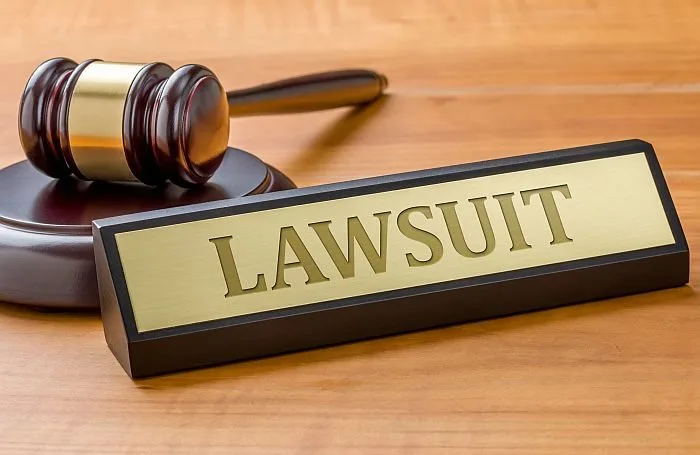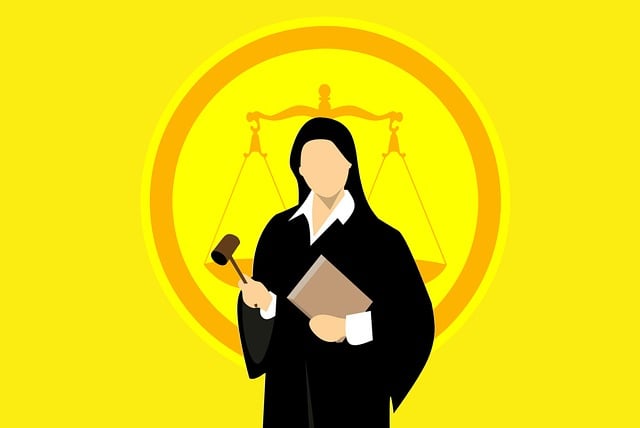In recent years, lawsuits related to hostile work environments have become more common, reflecting increased awareness of employees’ rights to a safe and respectful workplace. A hostile work environment exists when workplace behavior is so offensive, severe, or pervasive that it disrupts an employee’s work performance or creates an intimidating or abusive atmosphere. Understanding the legal steps, evidentiary requirements, and potential outcomes in hostile work environment lawsuits is crucial for employees facing such challenges.
Legal Definition of a Hostile Work Environment
A hostile work environment claim usually involves harassment or discrimination based on protected characteristics like race, gender, age, or disability. Under federal law, particularly Title VII of the Civil Rights Act, harassment must be severe or pervasive enough to impact job performance or create a workplace environment that any reasonable person would find hostile or abusive. Some state laws, like California’s Fair Employment and Housing Act (FEHA), offer even broader protections, covering categories like sexual orientation and gender identity, which may not be explicitly covered under federal law.
Identifying a Hostile Work Environment
A hostile work environment is not merely an unpleasant workplace but one where conduct crosses legal boundaries, affecting employees based on protected characteristics. Examples may include repeated offensive jokes or comments about one’s race or gender, unwanted physical contact, or verbal abuse directed at certain employees. For conduct to qualify as creating a legally hostile work environment, it must be unwelcome, based on protected traits, and severe enough to interfere with the victim’s job performance.
Steps to Take Before Filing a Lawsuit
To pursue a hostile work environment claim, employees should consider these critical steps:
- Document the Incidents: Keeping detailed records of each instance, including dates, times, descriptions, and witnesses, can help establish a pattern of behavior necessary for a strong case. Communications, such as emails and text messages related to the harassment, should be retained.
- Report Internally: Before filing a lawsuit, employees should typically report the conduct to a supervisor, HR department, or designated compliance officer. Many companies have anti-harassment policies that outline reporting processes, which employees must often follow to show they sought internal remedies first.
- File a Complaint with the EEOC: For federal claims, employees must file a complaint with the Equal Employment Opportunity Commission (EEOC) or a state-level agency. The EEOC investigates the complaint, and if unresolved, issues a “right to sue” letter that allows the employee to take the case to court. It is crucial to file this complaint promptly, as strict deadlines apply.
Working with an Employment Attorney
An employment attorney is invaluable in hostile work environment cases, guiding clients through filing procedures, gathering evidence, and ensuring deadlines are met. Lawyers help clients understand the potential outcomes, including compensation for damages like lost wages, emotional distress, or reinstatement if the harassment led to wrongful termination. They also represent clients during negotiations, settlements, or court proceedings.
Employer Liability in Hostile Work Environment Cases
Employers have a legal obligation to prevent and address harassment. They are often liable for hostile work environments if they fail to act on complaints or do not enforce policies. Employers should have clear anti-harassment policies, conduct regular training, and address complaints promptly to minimize liability. Proper documentation of incidents and responses can protect both employees and employers.
Remedies and Compensation
If successful, hostile work environment claims can result in various remedies:
- Monetary Compensation: This includes compensation for lost wages, back pay, and damages for emotional distress.
- Reinstatement or Promotion: In cases where harassment led to termination or demotion, courts may reinstate the employee or mandate a promotion.
- Policy Changes: Courts can order employers to improve their anti-harassment policies, provide training, or implement oversight to prevent future incidents.
Conclusion
Hostile work environment lawsuits require thorough preparation and often the guidance of legal professionals. By understanding the legal definitions, requirements for evidence, and the steps involved, employees can take informed actions to protect their rights. A strong case and representation can not only provide justice for affected employees but also encourage safer, more inclusive workplaces. For those facing workplace hostility, consulting an employment attorney is an essential first step in pursuing a resolution.


